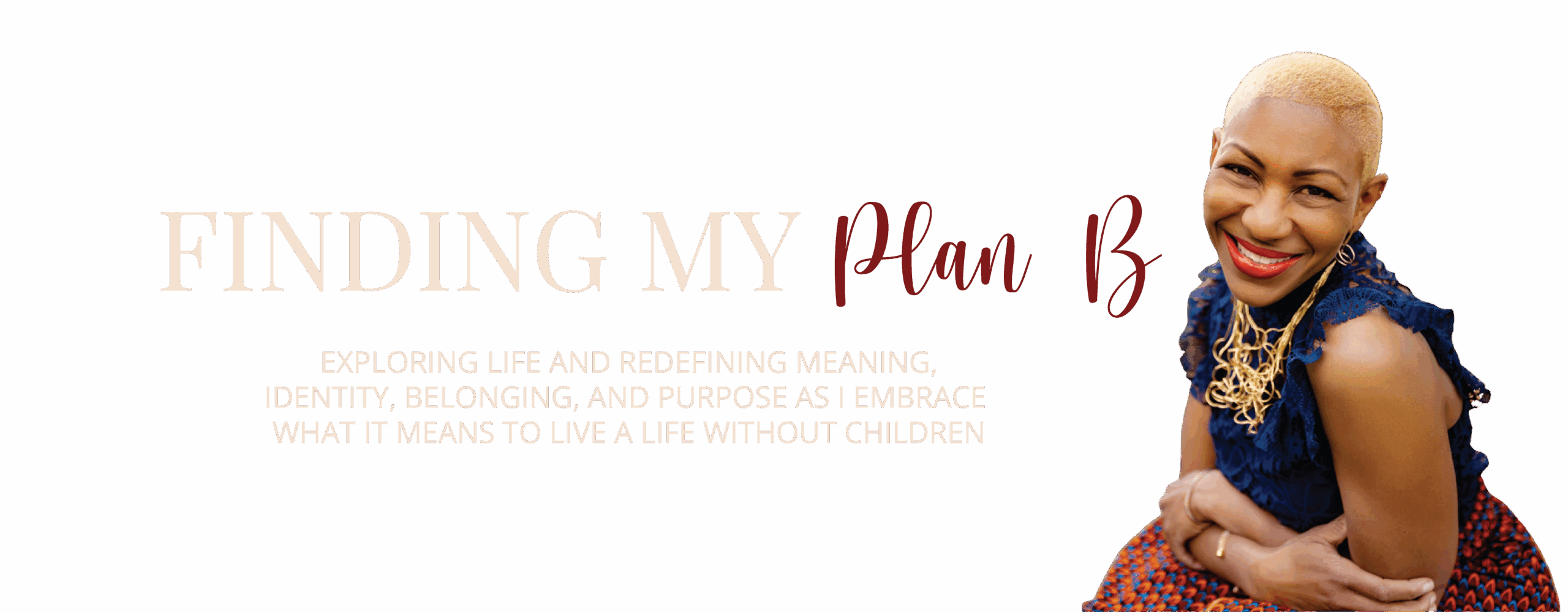When I came across a LinkedIn post by Charmaine Simpson about the ‘Mississippi Appendectomy’ – the forced sterilisation of poor Black women through hysterectomies without their consent – I was reminded of the anger, sadness and disbelief I felt when I first heard about such stories. Anger that this happened. Sadness that it keeps happening. Disbelief that even now, so few people know.
The post named Fannie Lou Hamer, the Civil Rights freedom fighter who entered hospital for what she thought was a cyst removal and left without a womb. She called it the ‘Mississippi Appendectomy’, because Black women were told they were undergoing a harmless routine procedure which was far from the truth. It was part of a system that saw our fertility as a threat, our wombs as property, and our autonomy as optional (or even non-existent).

For centuries, Black women’s reproductive lives have been controlled by others. During enslavement, our ancestors were forced into “breeding programmes,” their children born into enslavement and profit. Their worth was measured in bodies produced, not lives lived.
After emancipation came another form of control, the eugenics movement of the early 20th century, which decided who was “fit” to reproduce. In the United States, compulsory sterilisation laws allowed doctors to cut into women’s bodies under the guise of public health. Cases like Buck v. Bell in 1927 made these practices legal, with the U.S. Supreme Court declaring, “Three generations of imbeciles are enough.”
In North Carolina, nearly 7,700 people were sterilised under state authority most of them Black. In Virginia and California, similar programmes thrived. And this ideology travelled across the Atlantic, shaping attitudes towards Black, disabled, and working-class women worldwide.

Across the Atlantic, Britain told its own version of the same story, not through open laws, but through quiet rooms and medical notes that decided whose wombs were worthy.
The Eugenics Education Society, founded in London in 1907, whispered its way into policy and practice. Its ideas birthed the Mental Deficiency Act 1913, giving the state power to confine and control people labelled “feeble-minded.” Poor women, disabled women, women of colour all folded into a single story of “unfitness.” It was social engineering dressed up as care.
By the 1950s and 60s, that care wore a white coat. In NHS hospitals, Black, working-class and immigrant women were steered towards sterilisation and hysterectomy, often without their full consent. Caribbean and South Asian women, newly arrived and rebuilding their lives, were told these procedures were for their own good that their families were large enough, their bodies already too burdened.
In the 1970s, a new form of control emerged: the Depo-Provera injection. Marketed as freedom, it was tested on women in Africa and the Caribbean and then offered disproportionately to Black, disabled and working-class women in the UK. Activists from the Brixton Black Women’s Group and OWAAD saw it for what it was – chemical control masquerading as choice.
And though the language has changed, the echoes remain. Even now, Black women are more likely to be offered hysterectomy for fibroids and less likely to be given fertility-preserving options. The myth of the strong Black woman able to bear pain, loss, and medical intrusion without question still lingers in the GPs office.
What ties all these histories together is the quiet violence of assumption: that someone else knows what’s best for our bodies. That care can exist without consent. That healing can come without truth.
These patterns weren’t isolated or accidental. Whether in Mississippi or Manchester, Alabama or Brixton, the message was the same – control the womb, control the woman, control the future.
And while the methods changed – from scalpels to syringes, from legislation to medical “advice” – the impact was the same: women stripped of choice, dignity, and voice.
Which brings us back across the ocean, to the women whose bodies became battlegrounds in the name of progress and to the names history almost forgot.

By the 1960s and 70s, as Black communities fought for civil rights and economic freedom, another quiet war, inside hospitals, was being waged.
Doctors were being paid to perform hysterectomies on Black women without their consent, often while they were under anaesthetic. Medical residents used these procedures as “practice.” Fannie Lou Hamer’s story was not an exception; it was an epidemic.
In 1973, the case of the Relf sisters, two girls aged 12 and 14, exposed this horror. They had been sterilised without proper consent in Alabama under a federally funded programme. The Southern Poverty Law Centre took the case to court, revealing that more than 100,000 women, most of them Black and poor, had been sterilised with U.S. government funding.
The state called it “family planning.” The women so rightly called it theft.
Modern Echoes: The Violence Didn’t Stop

These atrocities are not buried in the past. In 2020, whistleblowers revealed forced sterilisation of immigrant women in U.S. detention centres. In California, incarcerated women were still being sterilised without consent well into the 2010s. Around the world, Indigenous and Black women continue to face coerced birth control and sterilisation under the banner of “public health.”
In each case, the language of care cloaks the reality of control. Whether through hysterectomy, forced contraception, or withheld fertility treatment, the message remains the same: ‘your body is not yours to decide for’.

I sometimes feel the ghosts of this history when I speak about my own experience of losing my womb. I remember being told my womb was “too diseased.” I remember being offered a hysterectomy as my only option to relive the pain of having fibroids, as though removal was my sanatory.
No one said it aloud, but the story was familiar: the idea that Black women’s bodies are built to endure pain, that we can handle invasive procedures, that we don’t need to be fully informed thanks to the experiments conducted by J Marion Sims.
In my talk ‘From the Invisible Wounds of Childlessness to Finding Where We Belong’ that I gave to the BAATN conference on October 11th, I said that losing my womb felt like losing part of my identity. But what I’ve come to realise is that this sense of loss isn’t just personal, it’s ancestral. Our grief runs through generations of women who were denied choice, compassion, and control.

Reproductive justice, a term shaped by Black women activists in the 1990s, teaches us that the fight isn’t just about the right to ‘have’ children. It’s also about the right ‘not to have’ them, and to make those decisions free from coercion, stigma, or external interference.
That is the thread connecting slavery, eugenics, hysterectomy, and the silence around living a life without children today. It is all about power, who gets to define womanhood, motherhood, and worth.
Our work now is to reclaim that power. To tell the stories medicine erased. To demand accountability in healthcare systems that still fail to listen. To remind the world that every womb, whether it carries life or not, holds history, memory, and meaning.
Reflection Prompt
Think of one story in your family, community, or culture where a woman’s reproductive choices were taken from her, through shame, silence, or external control. What would it mean to speak that story aloud now?
Suggested Resources
Killing the Black Body – Dorothy Roberts
Medical Apartheid – Harriet A. Washington
Belly of the Beast (documentary)
Black History Studies: Charmaine Simpson’s work https://www.blackhistorystudies.com
The Relf Sisters Case (SPLC archives)
PBS: Unwanted Sterilisation and Eugenics Programs in the United States https://www.pbs.org/independentlens/blog/unwanted-sterilization-and-eugenics-programs-in-the-united-states/




Recent Comments